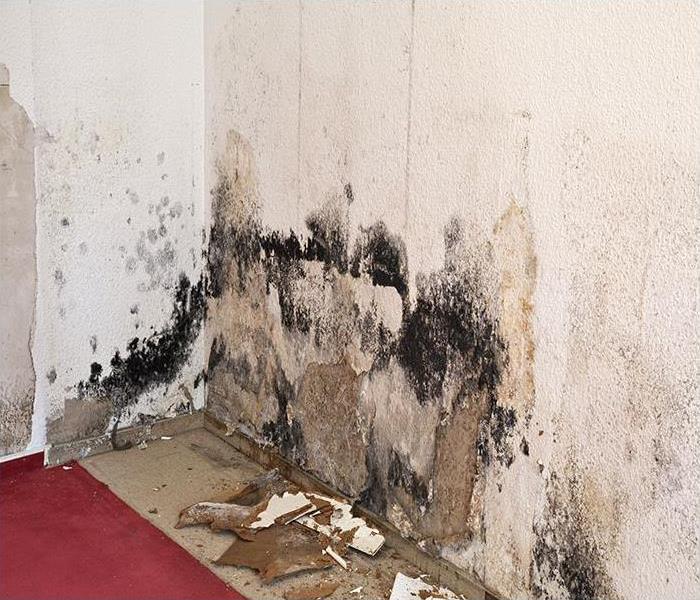Our Specialists Discuss The Science Of Drying Your Flooded Amityville Home
1/26/2020 (Permalink)
 Moisture must get dealt with, or conditions can easily get met for secondary effects like mold growth.
Moisture must get dealt with, or conditions can easily get met for secondary effects like mold growth.
The Science of Drying Flooded Amityville Homes
Drying a damaged Amityville home is never a one-size-fits-all solution. We must address many of the same threats from one property to the next, but the drying solutions must change per the affected materials, migration of the damage, and the severity of the saturation. Our trained restoration professionals have extensive education through the Institute of Inspection Cleaning and Restoration Certification (IICRC) in the science of drying to apply practical solutions to the projects we undertake.
Knowing the balance between airflow, humidity, and temperature can help our SERVPRO team gain control of flood damage in Amityville homes. How each of these elements can help or harm the drying process is vital information to providing efficient service to our customers.
Temperature
Heating surfaces and moist areas can often increase the drying rate, but not without drawbacks. Many surfaces cannot get heated up too quickly or too fiercely, as it can damage their appearance and functionality. Our technicians must evaluate any material that requires heat to speed up drying to ensure that the right limitations exist to protect the property above all else.
Airflow
The movement of air through a damaged region of the house is essential to continue evaporative drying efforts. In many situations, this component of drying science hinges on the use of air movers. The movement of air can help to clear a cool barrier from the surface as the water evaporates, allowing for other drying processes to continue being productive.
Humidity
As water evaporates, the humidity in the room rises. Moisture must get dealt with, or conditions can easily get met for secondary effects like mold growth. In an area already prone to higher humidity levels, the calculated placement of desiccant dehumidifiers can remove moisture from the air and help to expedite drying after flooding conditions.
While extraction is often one of the initial stages of recovery after a flood, our SERVPRO of Amityville / Lindenhurst must balance several factors to offer the most effective drying efforts possible. The better we can maintain this balance, the more of the affected materials and contents of your home that can get restored completely. Give us a call anytime at (631) 319-1680.
For more about Amityville click here.






 24/7 Emergency Service
24/7 Emergency Service